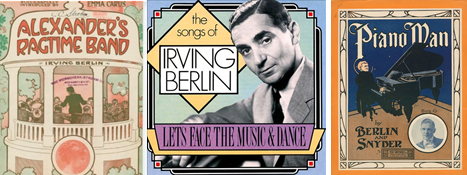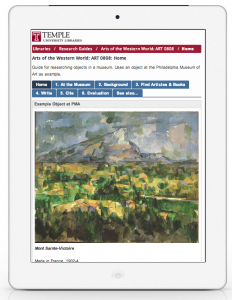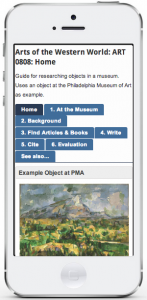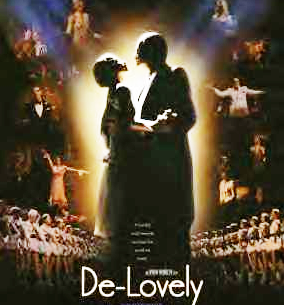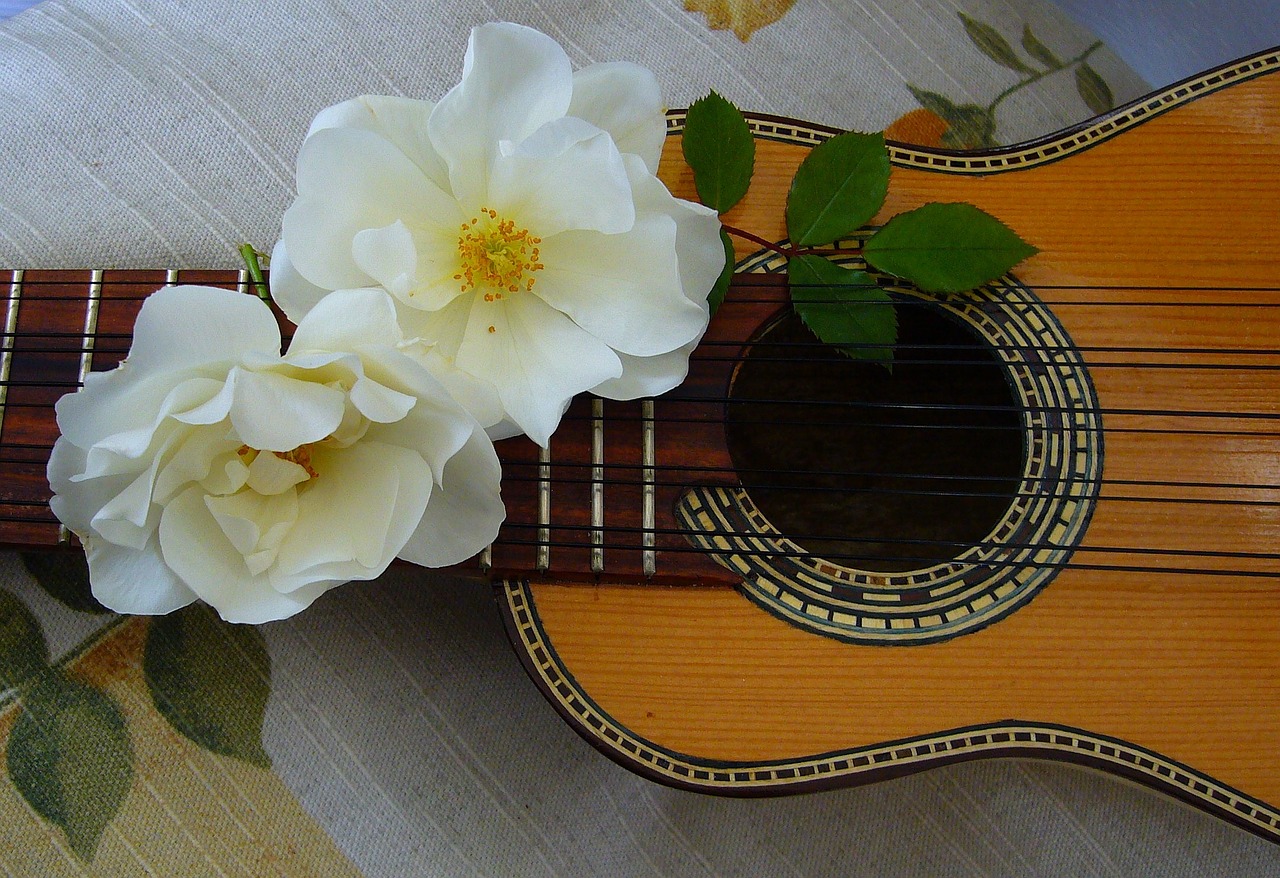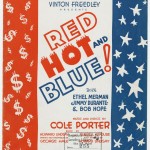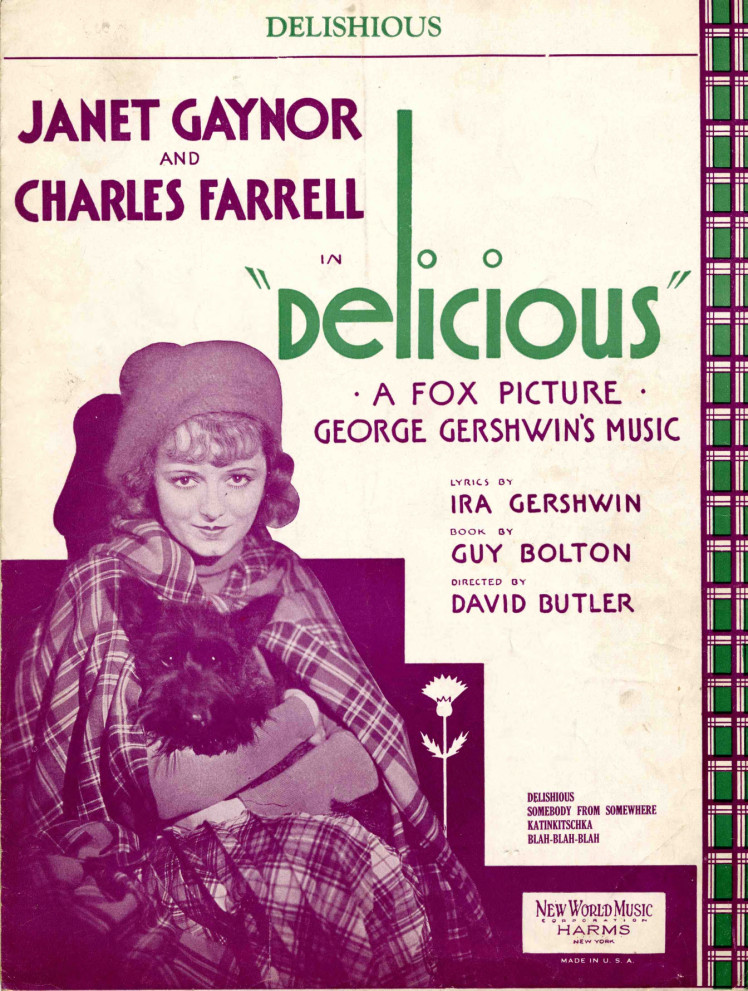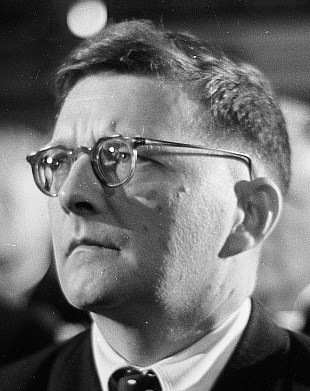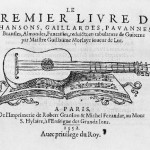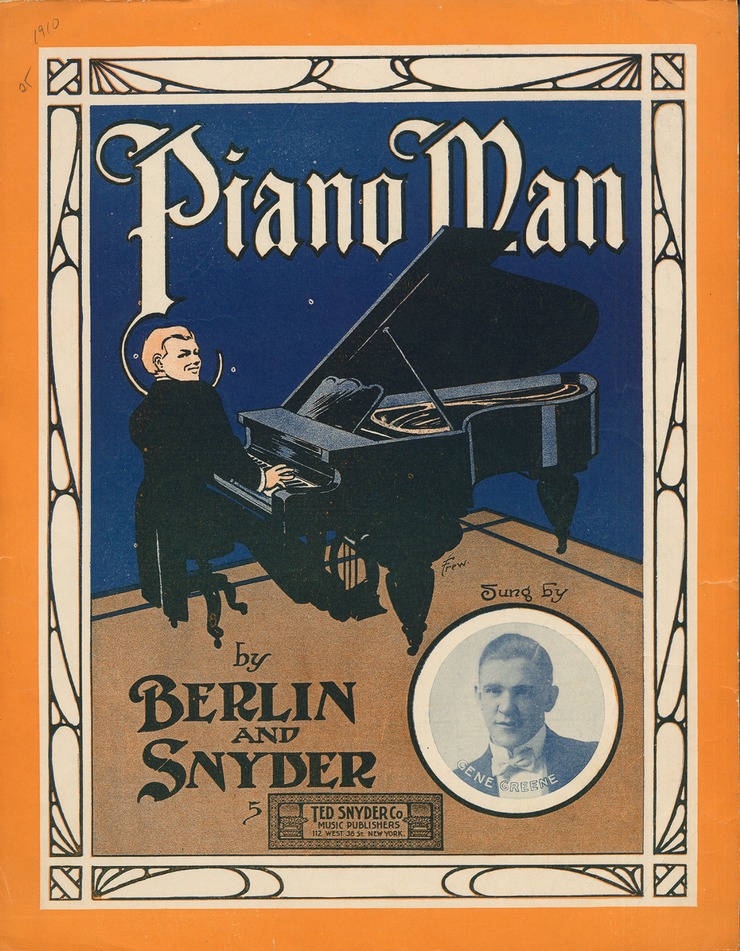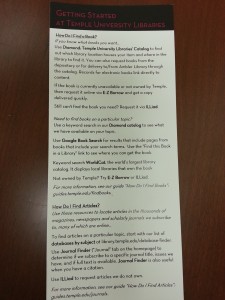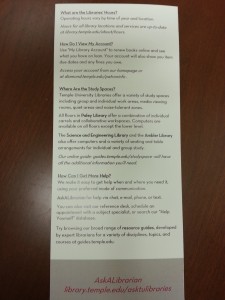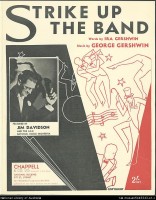
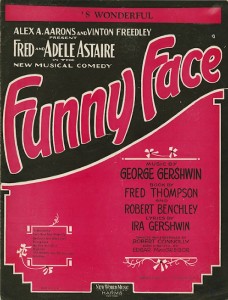

Boyer Noontime Concert Series at Paley
proudly presents
John Johnson and the Great American Songwriters
S’Wonderful! George and Ira Gershwin
Thursday, October 9th
12 – 1 PM
Paley Library Lecture Hall
Light Refreshments Served.
Approved for Boyer Recital Credit.
Bring your lunch. Bring your friends. Relax. Refresh. Renew. Enjoy!
Who could ask for anything more?
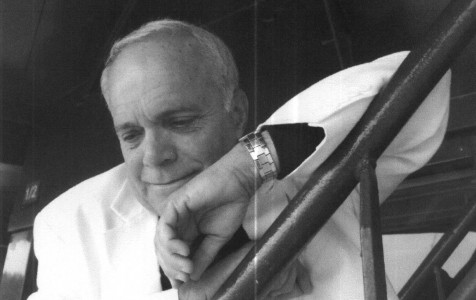
John Johnson, pianist, singer, entertainer, scholar, and beloved Boyer professor presents songs of George and Ira Gershwin!
The Gershwin Brothers legendary songwriting team epitomize American song of the Jazz Age. Their collaboration, although short-lived due to George’s untimely death, produced countless American song classics such as “Someone to Watch Over Me”, “Embraceable You”, “Fascinating Rhythm”, “I Got Rhythm”, “Shall We Dance”, “They Can’t Take That Away from Me”, and many more. George Gershwin blends together elements from ragtime, jazz, classical music, and rhythms from Black American dance to create music that entices, engages, and enchants. Ira’s genius for witty, ingenious, and sophisticated lyrics combine with his innate understanding of George’s music to provide the perfect musical symbiosis. Gershwin songs exemplify the Jazz age, yet continue to remain timeless.
John Johnson, native of Houston, Texas, is currently Professor of Music Theory at Temple University’s Boyer College. With music degrees from the University of Texas, John also studied at the Royal Danish Conservatory, the University of Copenhagen, and the Royal Academy of Music in London. An extraordinary entertainer, John served as scriptwriter, music director, and lecturer performer around the world. John has received many awards, including the Meritorious Achievement Award from the Kennedy Center, the Lindback Award for Distinguished Teaching, and Temple University’s Great Teacher Award, the highest teaching honor offered by the university.
Find Out More About George and Ira Gershwin!
(* needs Temple authentication)
The Gershwin Legacy – from the Library of Congress
George and Ira Gershwin Website
*Gerald Bordman and Thomas s. Hischak. “Gershwin, Ira.” Grove Music Online. Oxford Music Online. Oxford University Press.
*”Ira Gershwin.” Baker’s Biographical Dictionary of Musicians. New York: Schirmer, 2001. Biography in Context.
*Richard Crawford, et al. “Gershwin, George.” Grove Music Online. Oxford Music Online. Oxford University Press.
*”George Gershwin.” Dictionary of American Biography. New York: Charles Scribner’s Sons, 1944. Biography in Context.
*Schiff, David. “Misunderstanding (George) Gershwin: the composer mixed popular and classical idioms like no one before or since, and performers are still baffled.” The Atlantic Oct. 1998: 100-5. Biography in Context.
Books
Gershwin George. The Music and Lyrics of George and Ira Gershwin. Peter Foss, ed. Miami, FL: Warner Bros., 1998. Paley Stacks M1508.G47 M874x 1998
Gershwin, Ira. Ira Gershwin: Selected Lyrics. Robert Kimball, ed. New York: Library of America, 2009. Paley Stacks ML54.6.G28 I73 2009
Jablonski, Edward. The Gershwin Years. Garden City, N.Y.: Doubleday, 1973. Paley Stacks ML410.G288J3 1973
Rosenberg, Deena. Fascinating Rhythm: the collaboration of George and Ira Gershwin. New York: Dutton, 1991. Paley Stacks ML419.G288R67 1991
Printed Music
Gershwin, George. Of Thee I Sing. Lyrics by Ira Gershwin. New York: New World Music Corp., 1932. Paley Stacks M1503.G376O4x
Gershwin, George. Porgy and Bess. Lyrics by Du Bose Heyward and Ira Gershwin. New York: Gershwin Pub. Corp., 1935. Paley Stacks M1503.G376P5 1935
Gershwin, George. The George and Ira Gershwin Song Book. New York: Simon & Schuster, 1960. Paley Stacks M1507.G38 S6 1960
Streaming Audio
(Temple authentication required)
Fascinating Rhythm: The Songwriting Talents of George & Ira Gershwin. Includes “Fascinating Rhythm”, “They Can’t Take That Away From Me”, “Summertime”, “Let’s Call the Whole Thing Off”, “Someone to Watch Over Me”, “S’Wondreful”, and more!
Ella Fitzgerald Sings the George and Ira Gershwin Song Book. Includes “My One and Only”, “Beginner’s Luck”, “Lady Be Good”, “The Man I Love”, “Shall We Dance?”, “Funny Face”, and more!
Gershwin’s World. Performed by Herbie Hancock, Bakithi Kumalo, Cyro Baptista, James Carter, Terri Lyne Carrington, Chick Corea, Kenny Garrett, Joni Mitchell, and more!
Video
An American in Paris [videorecording] by Alan Jay Lerner, George and Ira Gershwin, produced by Arthur Freed, directed by Vincent Minnelli. Paley Media Services PN1997.A3457x 2008
Funny Face [videorecording] produced by Roger Edens, directed by Stanley Donen, written by Leonard Gershe, music and lyrics by George and Ira Gershwin.
The Gershwins’ Porgy and Bess [videorecording] by George Gershwin, DuBose and Dorothy Heyward, and Ira Gershwin. Paley Media Services M1500.G47 P674x 2001
Shall We Dance [videorecording] screenplay by Allan Scott and Ernest Pagano, adaptation by P. J. Wolfson, directed by Mark Sandrich, music and lyrics by George and Ira Gershwin.



